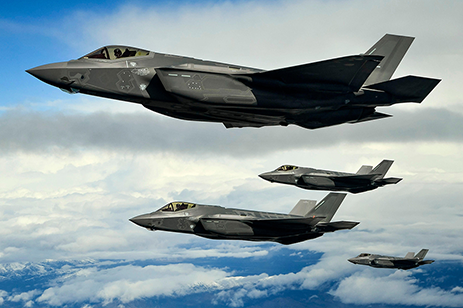
Exploring SOSA, CMOSS, FACE, VICTORY, and More
A rare event occurred early in January 2019. The Secretaries of the three main branches of the U.S. military — Army, Air Force, and Navy — issued a joint memorandum on the imperative for a Modular Open Systems Approach (MOSA) to weapons systems. The tri-services memo clarifies that the need to rapidly share information from machine to machine requires common standards, namely:
- Open Mission Systems/Universal Command and Control Interface (OMS/UCI)
- The Open Group Sensor Open Systems Architecture™ (SOSA)
- Future Airborne Capability Environment™ (FACE)
- Vehicular Integration for C4ISR/EW Interoperability (VICTORY)
The memo also notes that “MOSA supporting standards should be included in all requirements, programming, and development activities for future weapon system modifications and new start development programs to the maximum extent possible.” While developers of defense and aerospace solutions have been leveraging open standards to improve interoperability for several years now, the memo drove home the point that these initiatives are no longer optional. They are vital, and they are mandatory.
There are many excellent reasons behind the move, as, after decades of deploying proprietary point solutions that don’t take advantage of shared building blocks, defense and aerospace organizations are facing significant size, weight, power, and cost (SWaP-C) challenge on ground, air, and sea platforms. This white paper explores the benefits of an open standards approach while examining the open standards listed in the tri-services memo:
- OMS/UCI
- SOSA
- FACE
- VICTORY
- C5ISR/EW Modular Open Suite of Standards (CMOSS)
- Modular Open Radio Frequency Architecture (MORA)
Download the white paper to learn more.